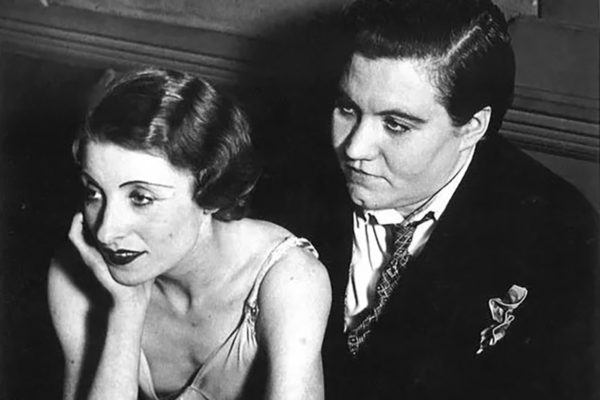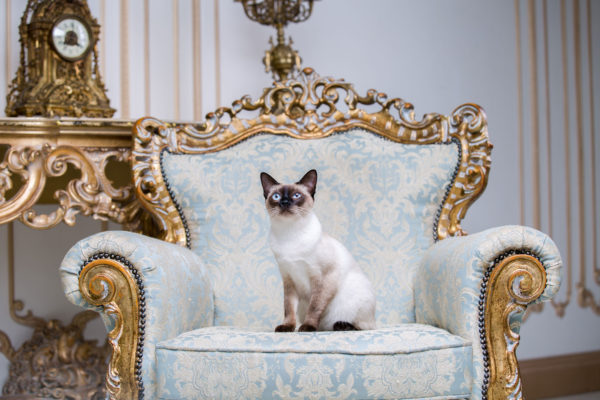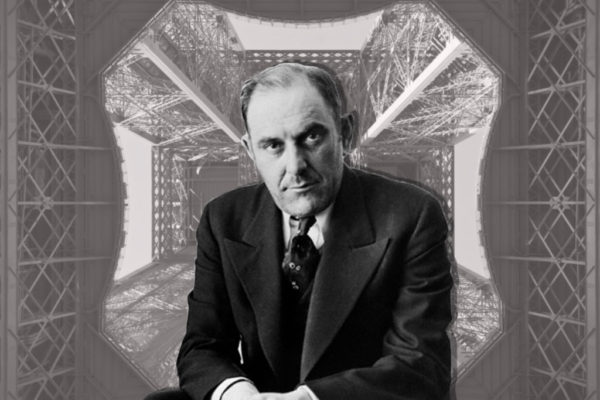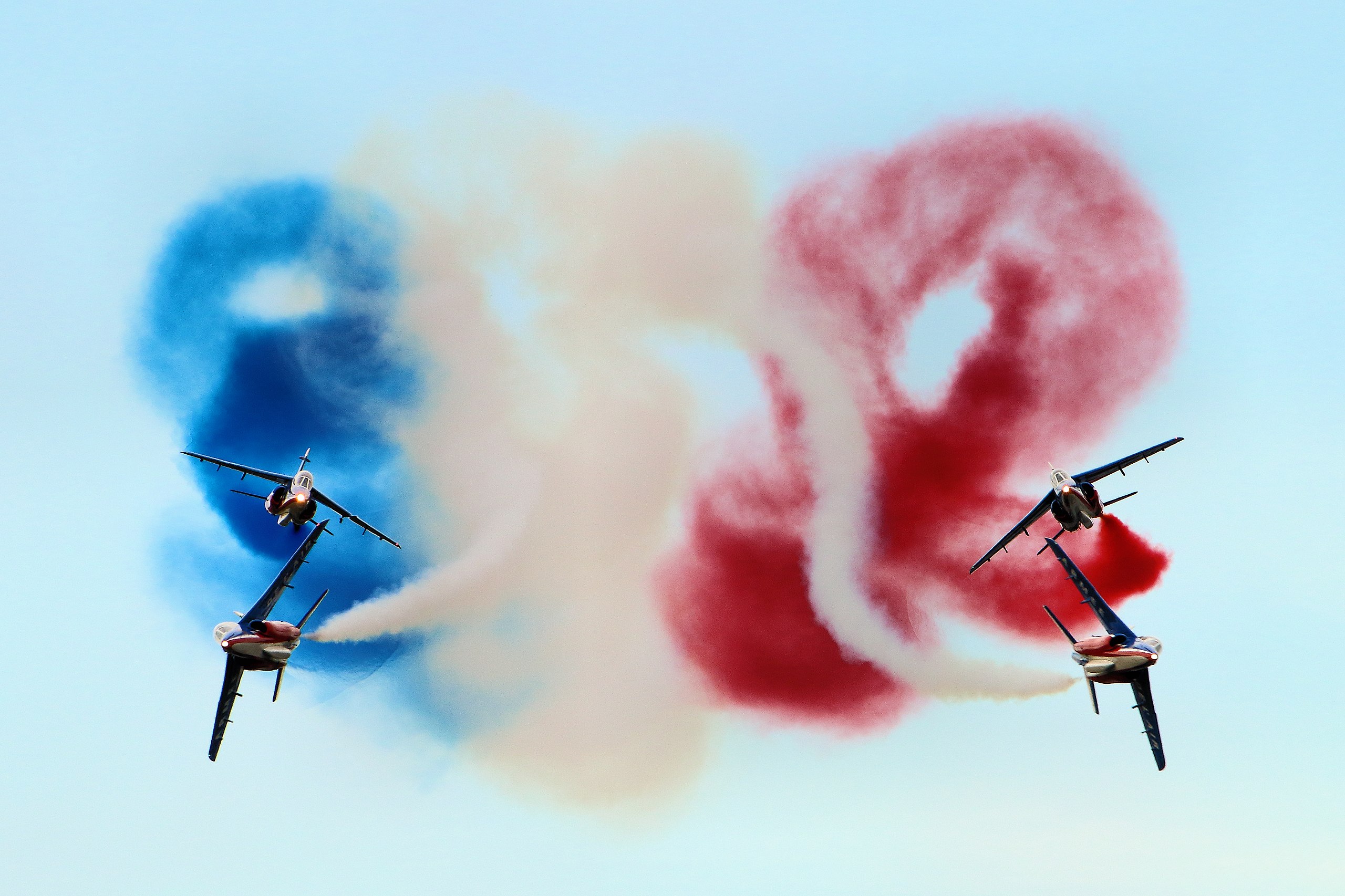
What is a: Bastille Day?
The first Bastille Day was in 1789. Back then, the French didn’t even know it was Bastille Day, they just decided it was a good day to rob a prison. Because this prison was the Bastille, a medieval fortess in central Paris that doubled as a store for gunpowder – handy to have when you’re planning on revolting later that week.
It didn’t take much to convince Parisians to attack the prison and take it by force. They hated it. OK, no one likes prisons but this wasn’t an ordinary prison: it was the king’s personal dungeon – a place that he could arbitrarily send anyone he didn’t like, without giving a reason, and with no right to appeal. It symbolised everything that was wrong with the power structure in France, and the common people had had enough.
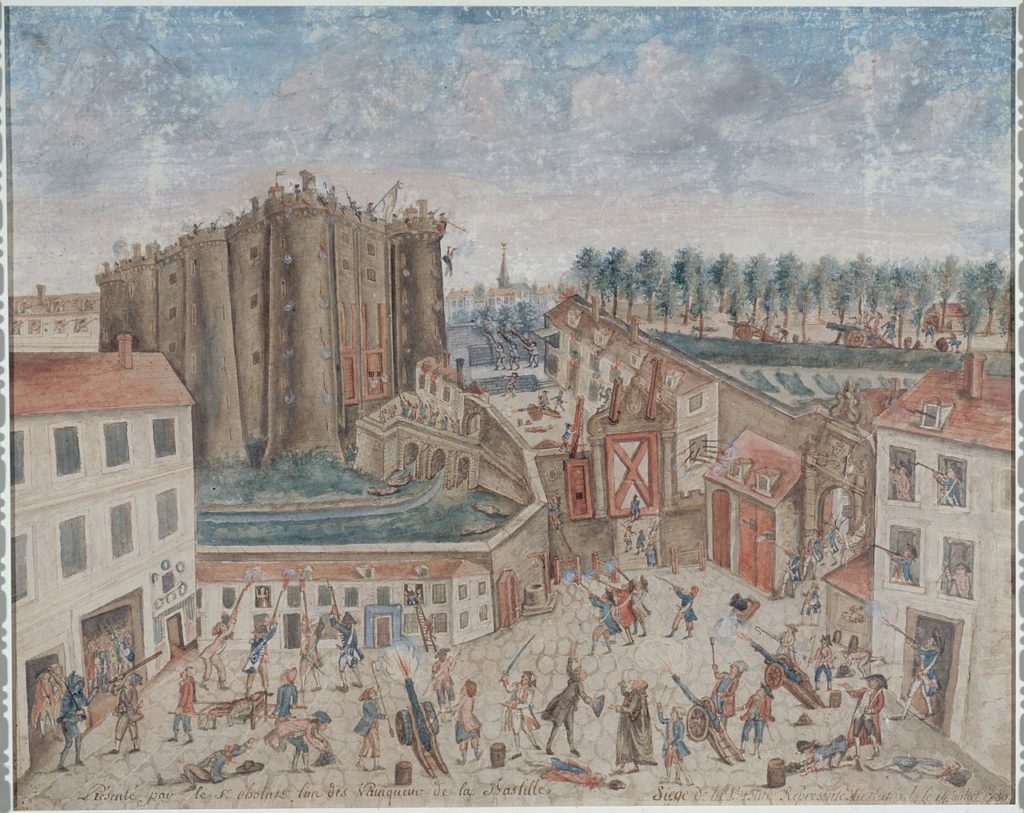
Around 1,000 people gathered outside the Bastille prison on the morning of 14 July, growing more aggressive in their attempts to enter as the day went on. A mutinous army troop joined them, bringing canons, and by the afternoon the governer of the Bastille capitulated, allowing the mob to enter. The seven prisoners that were being held were freed (in addition to its other sins, the place could hardly be said to be cost effective) and the governer was taken captive, later to be stabbed to death after kicking a cook in the balls, and his head paraded on a spike around Paris.
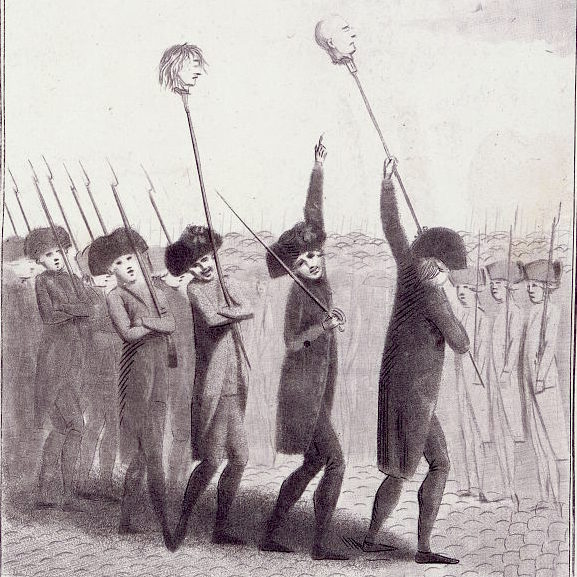
(Artist unknown, public domain, via Wikimedia)
It was a victory for the people, and the beginning of the French revolution. As early as one year later, the significance of the day was understood, and a massive celebration was held on 14 July in the Champ de Mars attended by 260,000 including the king, who was very much the people’s bitch by this point. The party went on for four days with fireworks, fine wine, and naked people running in the streets.
Perhaps it was because the hangovers after this first Bastille Day celebration were so great that B-day wasn’t celebrated for another hundred years. However, in 1880 the fourteenth of July was declared a national holiday. Politicians were initially squeamish about having a party celebrating so much bloodshed and class hatred so insisted that the 14th also be in commemoration of 1790’s big naked party, aka the day of national unity. But we all know it’s really about remembering how much we hate the rich.
Today’s Bastille Day celebrations follow a similar pattern to those established in the late nineteenth century. It starts with a humongous military parade from the Arc de Triomphe down the Champs-Élysées and along to Place de la Concorde (which is near WH Smith’s, if you’re interested) where the French president and various dignitaries watch and wave.
The best thing in the parade is obviously all the beautiful horses but a close second is the display of aeroplanes which whizz up the Champs-Élysées with blue, white and red smoke pumping out their bottoms. It’s an astonishing feat by the Patrouille de France, requiring a degree of skill and precision that is unfathomable to this writer, who wants a medal for managing to park at the supermarket. We are fortunate enought to be able to see the planes from our garden without the horror of going into Paris, though I would love it if the neighbours would cut down their trees to afford us a better view.
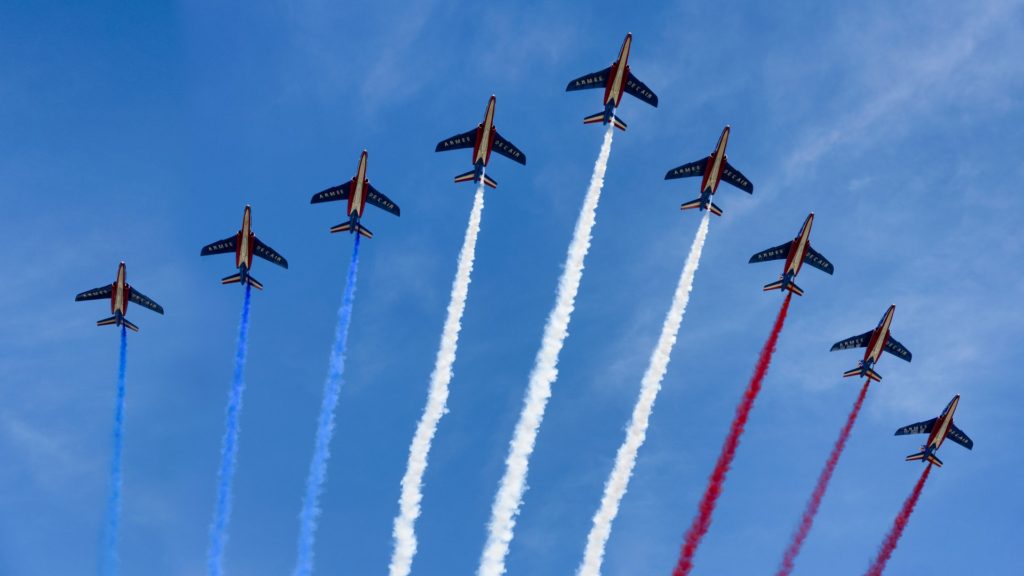
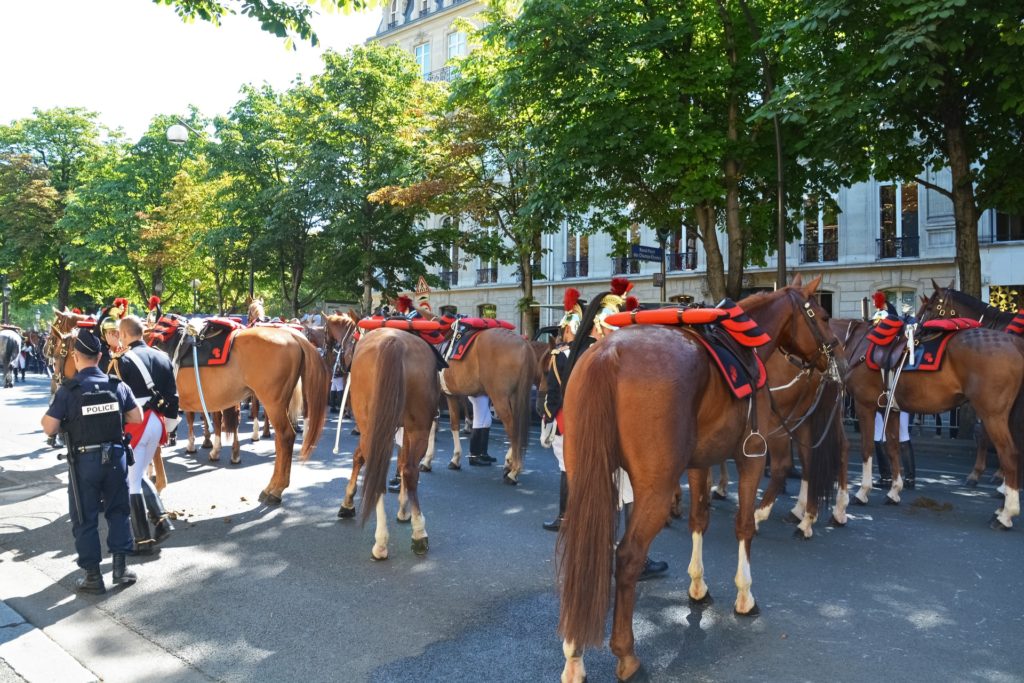
Without question the best thing to have happened on Bastille Day since the original storming in 1789 was the French army’s marching band rendition of some of Daft Punk’s biggest bangers in 2017. That it should have been performed in front of a gormless Trump made the performance all the sweeter.
At night the Paris celebrations culminate with a concert and a spectacular fireworks display at the Eiffel Tower (again, if only our neighbours would cut down their trees) and which my mother-in-law memorably described one year as “tacky”.
Disruptions to the celebrations over the years include the Nazi occupation and Jean-Michel Jarre’s 1990’s live concert during which he is alleged to have performed non-stop for over 75 minutes in front of 2.5 million humans. In 2020 the parade was outright cancelled, although no information as to why this happened was available online, nor whether Jarre was yet again implicated.
Main article image credit: Patrouille de France – RIAT 2015, author Tim Felce (https://www.flickr.com/photos/24874528@N04/20023673991) (CC BY S-A 2.0)

